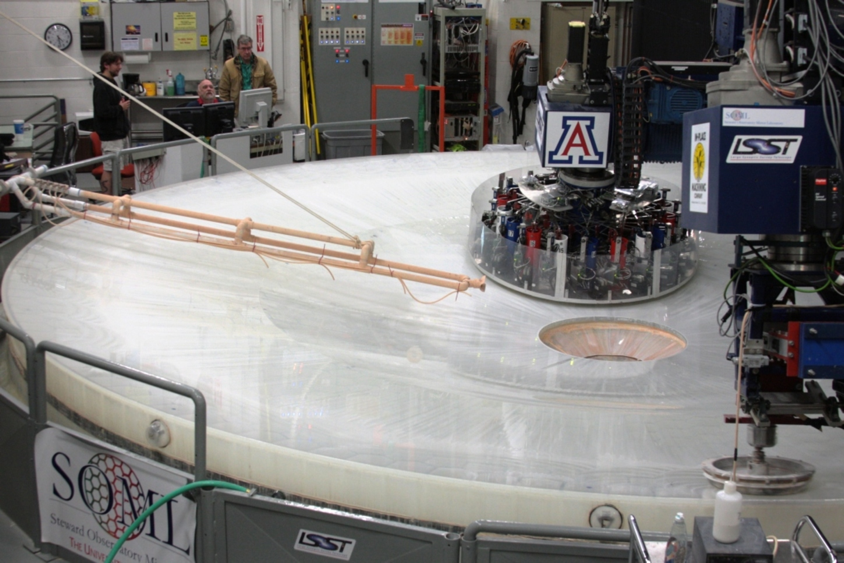During the recession, Arizona took a bigger hit than many other states.
According to Dr. George Hammond, director of UA’s Economic and Business Research Center, jobs in the state declined 12 percent while the national average declined at about 6 percent.
“The problem is that Arizona has yet to replace those jobs,” Hammond said. “We are still digging our way out and trying to create more jobs.”
Dr. Dennis Hoffman, professor at the W.P. Carey School of Business at Arizona State University, attributes this to Arizona’s slower recovery than the rest of nation.
“We are progressing, but at a much slower rate than most states, and we are not used to this slow rate,” he said. “We got hit hard by the recession, and we’re still picking up the pieces.”
Hoffman added that recoveries vary across the state.
“Pima County is recovering at slower rate than Maricopa County,” he said, “and the surrounding counties are even slower in recovery regarding job growth and employment rates.”
According to the U.S. Bureau of Labor Statistics, Arizona had an unemployment rate of 6.5 percent in February 2015, one of the highest in the nation. The national average of unemployment sits at 5.5 percent. Yuma remains to hold the highest unemployment rate in the state.
But the state should expect to see a hopeful horizon. Approximately 295,000 new jobs were created in February, according to the BLS Arizona at a glance data report.
Many blame the lapse in recovery to lack of jobs in the construction industry.
“We are growing at a slow but steady rate,” Hoffman said, “but the construction industry has yet to make a comeback.”
The lack of a rebound in construction has caused Arizona job growth to slow significantly. While there have been steady gains in professional, business, and leisure and hospitality services, manufacturing and construction jobs have yet to see improvement.
According to the Arizona Office of Employment and Population Statistics, manufacturing lost 400 jobs over the year. Construction added 1,400 jobs over the year.
In a State Monitor report from BMO, senior economist Robert Kavcic said the U.S. economy is prepared to maintain solid momentum through 2015, and Arizona is poised to see above-average growth over the next two years.
He stated that as the housing recovery continues, tourism industries excel and the above-average population growth will support growth in Arizona’s economy.
Kavcic said that even though the unemployment rate is still trending downward, encouraging job growth and unemployment rate trends disguise an “underlying softness in the labor market.”
According to Hoffman, although the path to recovery is slow, Arizona is putting one foot in front of the other, “which is exactly what you have to do when your on the Bright Angel Trail in the Grand Canyon.”








